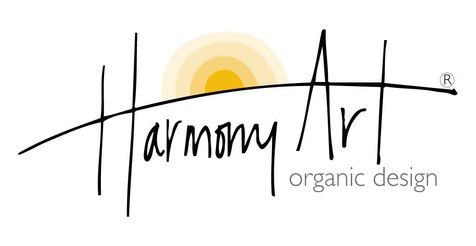Industrial Revolution |
Chemical Revolution |
Green Revolution |
|
Things to ponder: |
Textiles launched the industrial revolution. For 50 years the word industry only referred to one: textiles. "If fabrics can launch one revolution, why not another?" |
"We are the living lab rats for the post WW2 chemistry experiment and the long-term effects aren't looking so good. But, as a species, we are still young and hopefully learning from our mistakes." |
"I believe that we are collectively waking up from our better living through more things stupor and moving towards quality living through thoughtful things." |
Planet: |
It was the textile mill that redefined landscapes and created industrial cities for the first time. |
Mono-cropping replaced the family farm. Cotton is the most heavily sprayed crop in the world. It accounts for 3% of farmland but accounts for 25% of all insecticide. A Cornell study reports that only .1% of pesticides end up on the pests. 99.9% ends up in our water, air and soil. 4% of total arable land has been abandoned due to intensive cotton cultivation. |
Imagine the most heavily sprayed crop now chemical and GMO free and processed in an environmentally sensitive way. Significantly cleaner air, water and healthier soil. Bio-diversity fostered. |
People: |
In 1839, in Manchester England there were 200,000 children employed in textile mills. The average life-span of the poor was 17. What was once a source of pride turned into an embarrassment. |
According to the World Health Organization it is estimated that 20,000 people die each year as a result of the pesticides sprayed on cotton. According to the EPA, 7 of the top 15 pesticides sprayed are known, probable, or likely human carcinogens. 2,300 cotton farmers in India have committed suicide in the last 6 years. In the "cotton belt" in India it is reported that there is currently 1 suicide every 8 hours. |
Imagine 1 in 7 people now employed in a healthy and fair environment. According to the United Nations database (2000), the textile and clothing industry creates more than 14% of the world's jobs. The Global Organic Textile Standards address the use of toxins in the field and through the production supply chain. It also includes fair-trade requirements. |
Stay in the Harmony Art information loop:
PO Box 892 Gualala, CA 95445

